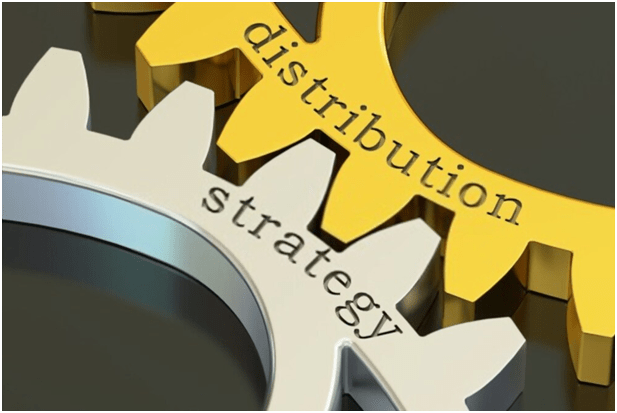As a manufacturer, there is a need to reach consumers with your product. No matter how desirable and needed it is, without proper distribution channels, you won’t sell.
This is one of the key elements of marketing. Others include the product, pricing, and promotion. Distribution is simply the process through which goods and services are made available to consumers who need them. It deals with how products reach the target consumers most efficiently and directly. When considering it as a service, it is primarily about access to clients.
Distribution looks simple as a concept, however, in reality, it is oftentimes not the case. It can involve a wide range of activities which can include transportation and logistics, storage, warehousing, inventory management, and channel management. You can check out why it is important here.
The Two Main Distribution Strategies
There are two overall distribution strategies. It can either be direct or indirect as we would consider below.
Direct Distribution
This is when a manufacturer sells their goods or services directly to consumers. That is, the business relates directly to end-users without any middlemen. In this type of distribution, the manufacturer is involved in production and delivery. Following this route can mean developing as well as taking up multiple sales and marketing functions.
Indirect Distribution
This most times is the way a lot of products are delivered into the market. It involves manufacturers or producers selling their products to distributors such as wholesalers and retailers who in turn sell to stores that reach the end consumers. This typically involves selling in bulk to the distributor who warehouses the goods.
The wholesaler has a line of retailers who take up the goods at a marked up price. The retailers in turn have a chain of stores that they supply also at a marked up price. Finally, the stores sell to end consumers at a marked up price too. You can find further details on this here: https://www.marketingtutor.net/distribution-strategies/.
More Distribution Strategies
Before setting up a distribution system, a planner needs to know what the system or channel is meant to achieve. Knowing this will help to determine the overall approach to distributing their product or service. This also depends on various factors that can constitute influences on the channel. Factors such as the type of product, geographical scope, the type of market that is served and so on. Setting this up is an important step for in the whole process.
Your strategy should always be optimized in line with how consumers will buy and use the product. This is what will determine if your strategy will be direct or indirect. As a form of illustration, a company that produces a premium product will have premium customers and will likely have to relate with them one on one. This is direct distribution. On the other hand, a manufacturer of a mass product will most definitely need retailers to help push into the inner reaches of the market.
When considering indirect distribution, it is divided into three further categories which are:
Intensive
This strategy involves placing a product in a mass-market using as many available channels as possible. The manufacturer appeals to a broad audience using many partners.
Selective
This is when a marketer decides to deal with a few channels or outlets. The goods are typically customized or targeted to a specific market or demography. This helps to have control over pricing and consumer engagement.
Exclusive
In this kind of strategy, the manufacturer deals with mainly one intermediary and fewer locations. It is usually to sell the uniqueness of the product to a select and exclusive set of people. It helps to maintain the image of the brand. The distributor works closely with the manufacturer and also adds value through things such as client support, aftersales services, etc.
Technology has made a lot of things easier in modern times. These days, there are data solutions for better marketing and retailing. This helps the marketer to be more informed in planning their distribution strategy and also track performance so that they can adjust their strategy effectively.
Conclusion
An effective and cost-effective distribution strategy is a well thought out one. As a marketer, you need to understand your audience and their relationship with your products. This is what determines which strategy to use. You can leverage the power of data and technology to help you be more effective.

